In Transylvania, although they formed a majority of the population, Romanians were merely seen as a “tolerated nation” by the Austrian leadership of the province, and were not proportionally represented in political life and the Transylvanian Diet. At the end of the 18th century an emancipation movement known as the Transylvanian School (?coala Ardelean?) formed, which emphasized the ancient Roman origins of the Romanian people and created the modern Latin-based Romanian alphabet (which eventually supplanted an earlier Cyrillic script). It also accepted the leadership of the pope over the Romanian church of Transylvania, thus forming the Romanian Greek-Catholic Church. In 1791 they issued a petition to Emperor Leopold II of Austria, named Supplex Libellus Valachorum based on the French Declaration of the Rights of Man and of the Citizen, demanding equal political rights with the other ethnicities for the Romanians in Transylvania and thus starting the movement of national awakening.
The end of the 18th century and the beginning of the 19th century was marked in Wallachia and Moldavia by the reigns of Phanariote Princes; thus the two principalities were heavily influenced by the Greek world. Greek schools appeared in the principalities and in 1818 the first Romanian School was founded in Bucharest by Gheorghe Laz?r and Ion Heliade R?dulescu. Anton Pann was a successful novelist, Ien?chi?? V?c?rescu wrote the first Romanian grammar and his nephew Iancu V?c?rescu is considered to be the first important Romanian poet.
The revolutionary year 1848 had its echoes in the Romanian principalities and in Transylvania, and a new elite from the middle of the 19th century emerged from the revolutions: Mihail Kog?lniceanu (writer, politician and the first prime minister of Romania), Vasile Alecsandri (politician, playwright and poet), Andrei Mure?anu (publicist and the writer of the current Romanian National Anthem) and Nicolae B?lcescu (historian, writer and revolutionary).
The union between Wallachia and Moldavia in 1859 brought a growing consolidation of Romanian life and culture. Universities were opened in Ia?i and in Bucharest and the number of new cultural establishments grew significantly. The new prince from 1866 and then King of Romania Carol I was a devoted king, and he and his wife Elisabeth were among the main patrons of arts. Of great impact in Romanian literature was the literary circle Junimea, founded by a group of people around the literary critic Titu Maiorescu in 1863. It published its cultural journal Convorbiri Literare where, among others, Mihai Eminescu, Romania’s greatest poet, Ion Creang?, a storyteller of genius, and Ion Luca Caragiale, novelist and the Romania’s greatest playwright published most of their works. During the same period Nicolae Grigorescu and ?tefan Luchian founded modern Romanian painting; composer Ciprian Porumbescu was also from this time.
In Transylvania, the emancipation movement became better organised and in 1861 an important cultural organisation ASTRA (The Transylvanian Association for Romanian Literature and the Culture of the Romanian People) was founded in Sibiu under the close supervision of the Romanian Orthodox Metropolitan Andrei ?aguna. It helped publish a great number of Romanian language books and newspapers, and between 1898 and 1904 it published a Romanian Encyclopedia. Among the greatest personalities from this period are: the novelist and publicist Ioan Slavici, the prose writer Panait Istrati, the poet and writer Barbu ?tef?nescu Delavrancea, the poet and publicist George Co?buc, the poet ?tefan Octavian Iosif, the historian and founder of Romanian press in Transylvania George Bari?iu and Badea Câr?an, a simple peasant shepherd from Southern Transylvania who, through his actions became a symbol of the emancipation movement.
Related Listing
-
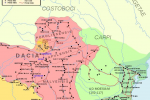
Culture of Romania
Romania has a unique culture, which is the product of its geography and of its distinct historical ...
-
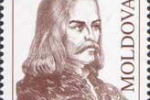
The Middle Ages
Until the 14th century, small states (rom. voievodate) were spread across the territory of ...
-
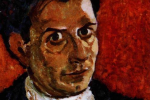
Golden age
The first half of the 20th century is regarded by many as the golden age of Romanian culture and it ...


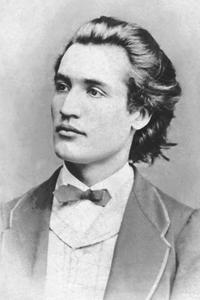
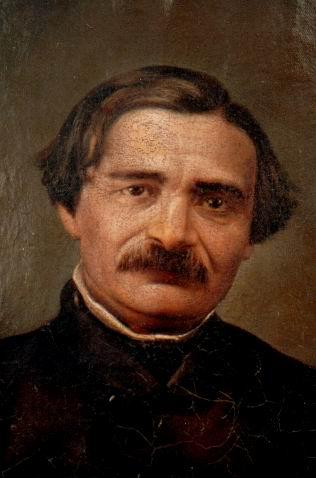
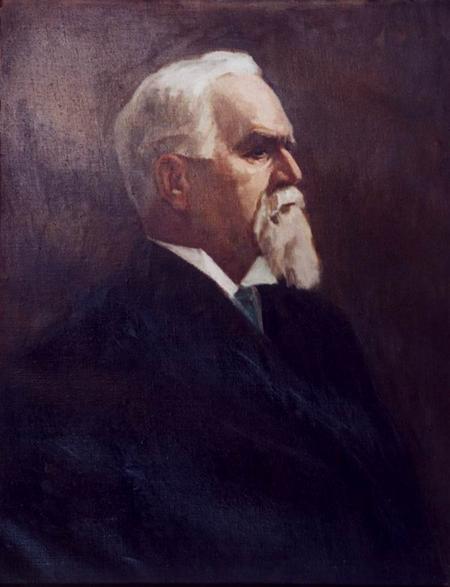








Recent Reviews